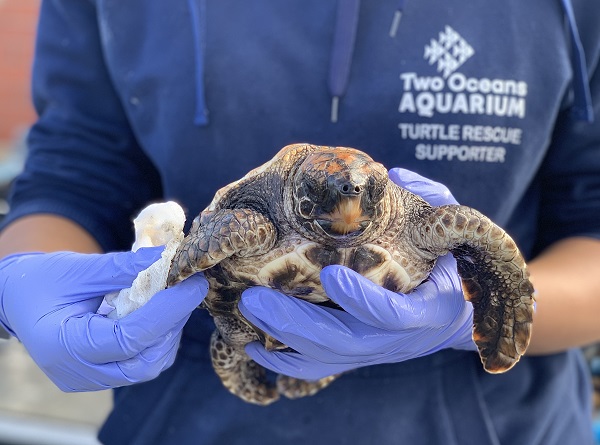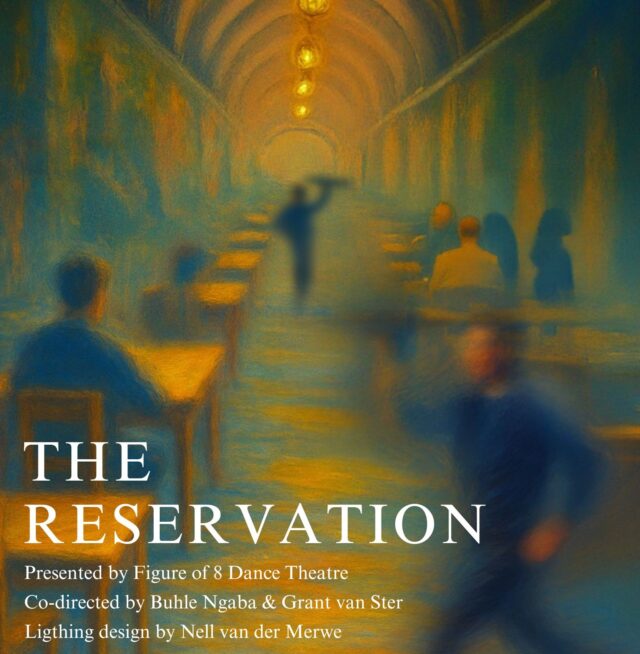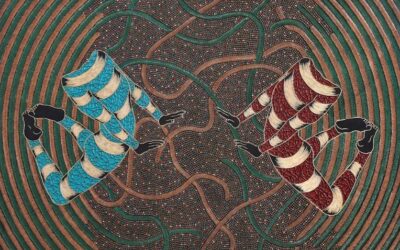Plastic Free July is a time during which awareness is raised around plastic pollution, the imperative to reduce our dependence on plastic, plastic alternatives and a call to reconsider our consumer choices in order to have a positive impact on the environment and the ocean.
This Plastic Free July the Two Oceans Aquarium Education Foundation continues to raise awareness of the negative impact of plastic pollution on sea turtles.
Plastic pollution in the ocean is one of the biggest threats facing all sea turtles. This year, 71% of the sea turtles being rehabilitated by the Two Oceans Aquarium Education Foundation have consumed plastic. The total number of pieces of plastic passed by turtles is 514 to date, with an average of 12 pieces per turtle. Little loggerhead hatchling #43 had an astonishing 121 pieces inside its body, causing the turtle’s early and sad death.
Plastic bags, balloons, and microplastics are eaten by sea turtles as they mistake them for food. Unable to digest the plastic, the turtles accumulate the pieces in their gut until they feel “full” and eventually stop eating. They remain in this state as they cannot pass the plastic, and eventually either starve to death or succumb to infection caused by the ingested plastic. Another consequence of plastic ingestion is that many of the microplastic pieces are hard shards that cut into the digestive systems of the turtles and cause death.
Hatchling, sub-adult and adult turtles are found stranded on beaches around the Western and Southern Cape beaches. Loggerhead and leatherback turtles hatch on the northern coast of KwaZulu-Natal. The hatchling sea turtles leave their nests and enter the Agulhas current which flows south towards Cape Town. Around the area of Struisbaai, the current doubles back on itself. It is here that rough seas and strong winds push some of the little turtles out of the warmer current and into the cold waters of the Benguela current. Being reptiles, the turtles’ body temperature drops and they go into cold shock. Unable to fight against the current they are expelled onto the beaches. The turtles that find themselves in the Two Oceans Aquarium Education Foundation’s Rehabilitation Programme often also suffer from injuries that require veterinary treatment like flipper and carapace damage, eye issues and other injuries, including plastic ingestion.
Sea Turtle Rehabilitation Programme
The Aquarium Foundation takes these stranded hatchling turtles in, as well as others (including adults and sub-adults) that are found stranded on beaches throughout the year. The turtles are rehabilitated in order for them to be released back into warmer waters.
The turtles that are rehabilitated range in size from 20g up to 80kg. Rehabilitation can take anything between a couple of months, a year, to many years, depending on the needs of each individual. Many of the sea turtles suffer from complications caused by ingesting plastic, and some even die from this.
One of the great success stories of the Rehabilitation Programme is the story of Alvi, a green turtle that was brought to the Aquarium for rehabilitation in December 2018. The turtle showed signs of laboured breathing and, after consultation with various vets, a procedure was undertaken to investigate what was causing the obstruction in the turtle’s airway. A piece of plastic bag was removed from the turtle’s throat and within days, Alvi started showing signs of improvement. Alvi was successfully released in November 2019. Read more here https://www.aquarium.co.za/blog/entry/alvi-the-turtle-and-34-hatchlings-released-cape-town and watch the removal of the bag here https://www.aquarium.co.za/blog/entry/removal-of-plastic-from-a-turtles-throat
This is your chance to help rehabilitate sea turtles. The Two Oceans Aquarium Education Foundation is reaching out to individuals, corporates, concerned citizens, and anyone who would like to help rehabilitate sea turtles, to donate to its sea turtle rescue, rehabilitation and release programme. The Programme is funded through once-off, recurring and corporate donations and provide care for sea turtles that would ordinarily not survive being stranded. To donate go to https://aquariumfoundation.org.za/product/turtle-rehab-conservation-fund/ and contribute to the life-saving work being done by the Aquarium Foundation.
Why is it important to rehabilitate sea turtles?
Our ocean is in deep trouble because of human-made impacts. All sea turtle species are currently either endangered or critically endangered. Although sea turtles lay hundreds of eggs each season, it is estimated that only one or two hatchlings actually make it to adulthood. Each rehabilitated animal that can be released into its natural habitat is an addition to the wild population.
Helping sea turtles is easy:
Everyday changes in our behaviour and consumer choices can also have a great impact on turtle numbers. By reducing our dependency on plastic and rethinking our purchasing choices, we are able to reduce the burden that plastic is having on our ocean. Furthermore, disposing of our rubbish responsibly and by refusing, rethinking, reducing and reusing, we are able to collectively ensure a better environment not only for sea turtles, but also for us.
HOW TO HELP: Donations to the Two Oceans Aquarium Education Foundation’s Sea Turtle Rehabilitation Programme can easily be made by clicking on this link. Donations are tax-deductible and Section 18A certificates are issued.
INFO: Two Oceans Aquarium Foundation – Visit
See also Cape Town Green Map






